Tour + Program Planning + Making
By 9 a.m. a mix of art, science, elementary, high, middle school teachers, educational planners- from schools, both public and charter, had gathered in The Creativity Lab for our first ever Tour + professional development session.
It was the ultimate melting pot. A place where new methods of teaching, making, and learning collide, moving outward into the veins of districts and schools and teachers. A potential domino effect, a collaborative bulldozer, paving the way for Making in Schools. A glimpse into the grassroots of education reform by making in schools, fueled by the potential we dream of for (and see in) our kids.
We jumped right into the making- as that is the nature of what we do best here in The Creativity Lab.
To give you a better idea of what that looks like, I give you the Journals from Books morning making group- tasked with turning old books into journals. Simple, yet limitless parameters.
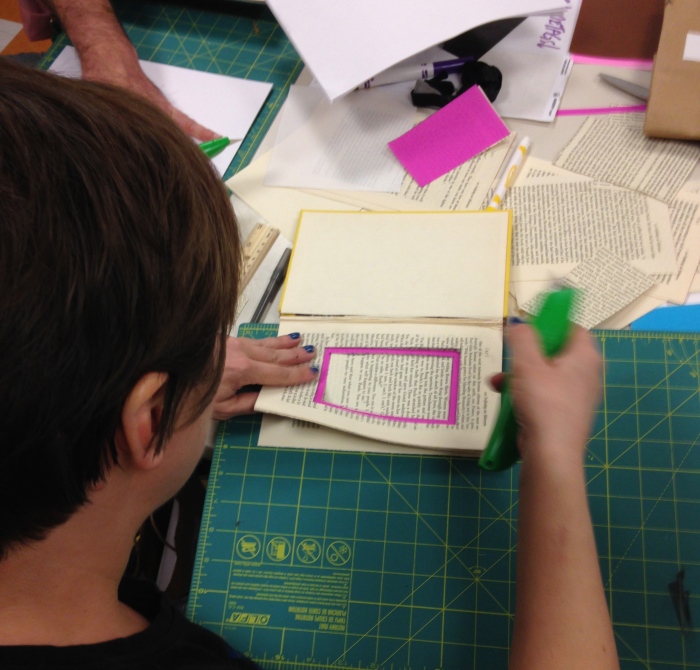
Journals from Books — Creating windows by calculated cutting, highlighting the layers with origami paper. Cut deep and create a box, glue pages together and build depth, add accordion siding to get a tunnel book, turn it into a photo album by filling the frames with pictures.
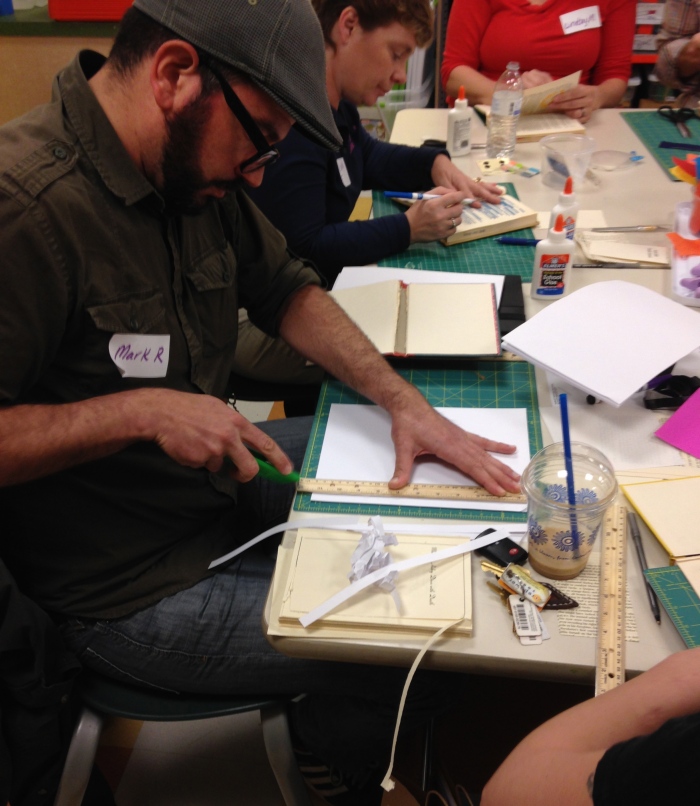
Journals from Books — Remove the old pages and rebind with new. Fold small stacks of paper (cut to size for your book) in half, stitch the siding lightly, repeat nine times or so and adhere the small stacks together, glue back into the original cover seaming.
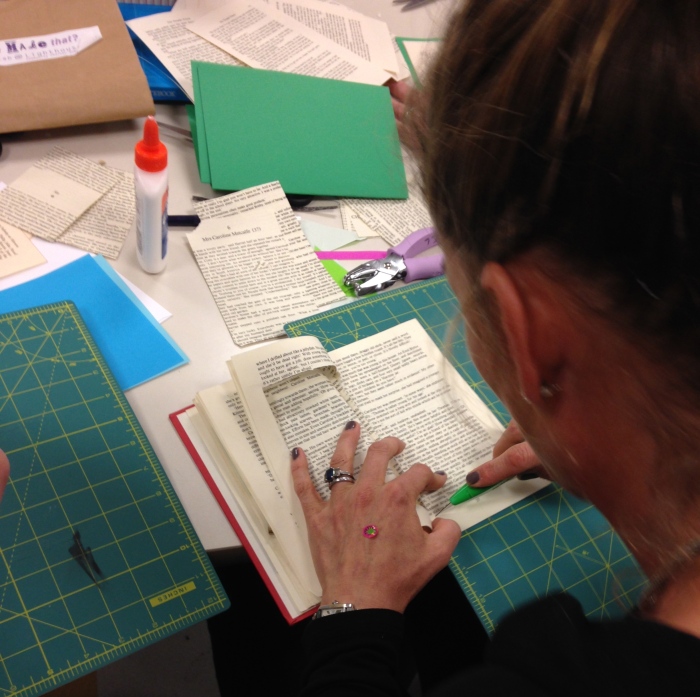
Journals from Books — Create a heritage journal by personalizing your book to share your story, all the while learning more about what it means to be you by looking closely at the history that lead you here.
The Tour + is full-day intensive planning session. From 9 to 3 p.m. participants get to make, plan their making programs, and get to see making in school in action at Lighthouse. Most of the training takes place in the Creativity Lab itself, really allowing the attendees to be immersed in the making culture. Some come in groups from a school, or as an individuals who represent making at their school and want to do it better, others come to see our model, hoping to expand their current programs, gearing them towards making. A phenomenon that is quickly catching on.
The Flow
- Networking & Coffee
- Making & Reflecting – what’s the point?
- Models of Making
- Designing Your Program*
- Making Class Tour**
*Breaking mid-planning for lunch outside in our atrium oasis. **This session got to see 2nd Graders Programming Lego WeDo kits, 2nd Graders hand-binding their Making Journals, High Schoolers in the Making Elective in the throws of making their Maker Faire projects.
The 13 participants that joined us reflected not only a diverse group of educators, but more importantly the growing trend towards cultivating creative thinking by making in schools. After seeing what we accomplished in the first Tour +, together, with a dash of design thinking, I really believe that we can problem-solve this into reality for all of our schools.
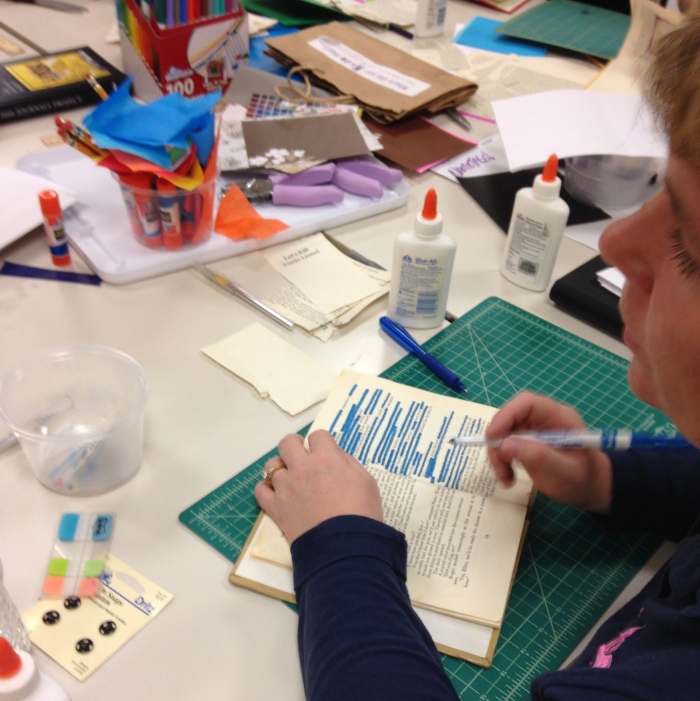

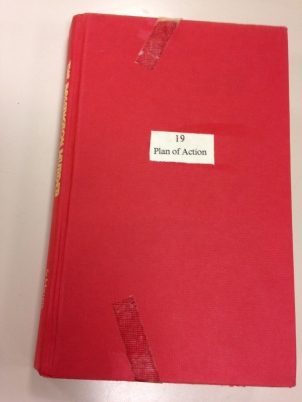
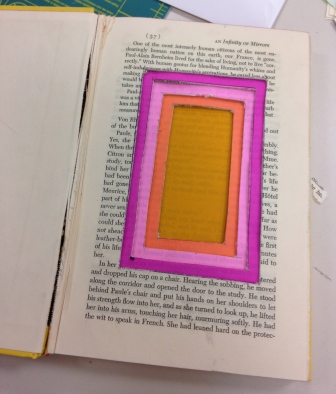
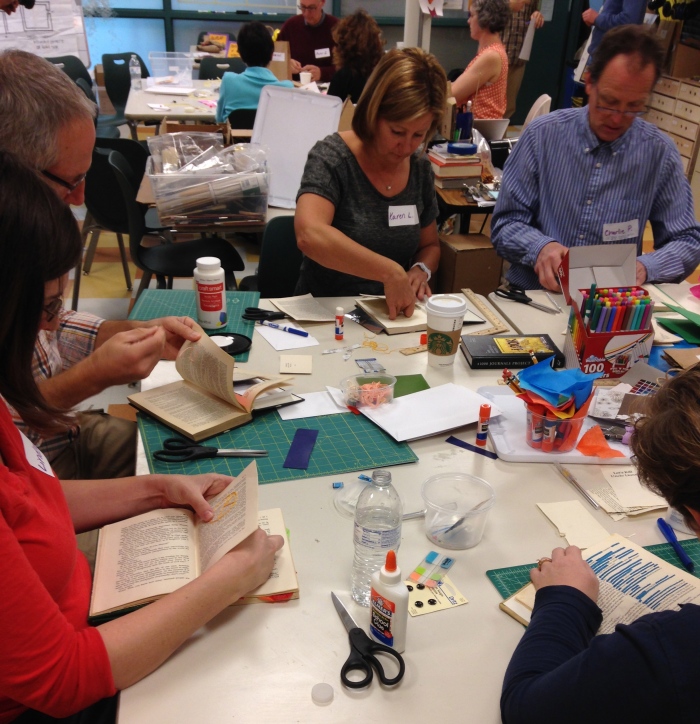



A beautiful, loving work of making and sharing it. Fabulous Jessica!
Thank you Janet! I love hearing that.